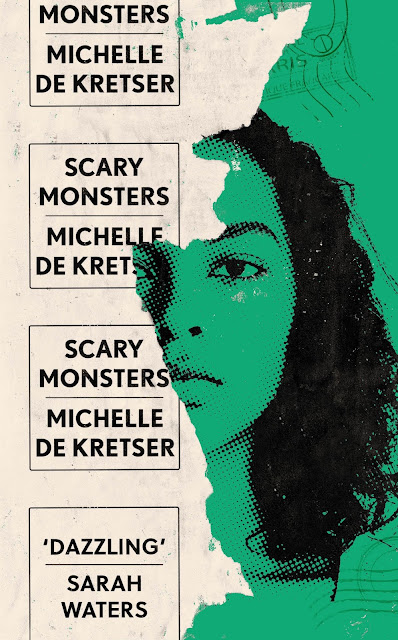Book Review - Scary Monsters
Sri-Lankan born Michelle de Kretser’s family migrated to Australia when she was 14 and themes of exile, migration and identity appear frequently in her fiction. Her award-winning 2012 novel, Questions of Travel, intertwined the experiences of a Sri Lankan and an Australian, and eloquently demonstrated the fundamental opposition between travelling for leisure and fleeing for one’s life.
Scary Monsters, her sixth novel, is another dual narrative told from the perspective of two Asian immigrants, Lili and Lyle, who have settled in Australia. Like de Kretser, Lili’s family migrated there when she was a teenager. One story is set in 1980s France, where Lili is on a gap year, the other in a near-future Melbourne.
The novel’s reversible format, with different covers on each side, invites us to choose which narrative to read first and, in so doing, de Kretser asks what is most important: the past or the future? Both parts are prefaced with the same quotes: Nietzsche’s “The state is the coldest of all cold monsters” and WEB Du Bois’s “How does it feel to be a problem?”
I opted to read Lili’s story first, beginning at the tail end of 1980 in the south of France, hoping it would illuminate Lyle’s story. Lili is working as an assistant language teacher in Montpellier. She yearns to be a “Bold, Intelligent Woman”, like Simone de Beauvoir, but lacks the confidence to assert herself. She tells us early on “when my family emigrated it felt as if we’d been stood on our heads.” Lili is befriended by Minna, an aspiring artist, and her English boyfriend Nick, but she is intimidated by their easy confidence, observing: “some people had history and other people had lives”.
During Lili’s year in Montpellier, the French Marxist philosopher Louis Althusser murders his wife, while, in England, the Yorkshire Ripper terrorises women and they march to Reclaim the Night. Lili numbly watches the French police herd North Africans “formally dressed in pressed trousers and jackets that didn’t match” into vans. She feels threatened by her creepy neighbour Rinaldi, who speaks “in assertions” and offers unwanted attention. The economy of de Kretser’s descriptions is impressive. Lili’s loneliness is summarised in one sentence: “In bed at night I’d hold my own hand for comfort when falling asleep.”
The casual racism and treatment of migrants Lili witnesses in France serves as a precursor to de Kretser’s terrifying vision of a surveillance state in Australia that detains asylum seekers “on an offshore island forever”. In this part of the novel, de Kretser allows her scary monsters free rein, while her evocative descriptions are replaced with cold exposition.
Lyle and his wife Chanel live in Melbourne with their two children, Sydney and Mel. As Lyle observes: “People like us will never be invisible, so we have to make a stupendous effort to fit in.” Islam is banned, and immigrants are considered suspect and at risk of being repatriated if they fail to assimilate. Yet Lyle also works in the government department responsible for monitoring and deporting anyone who takes a wrong step.
De Kretser clearly relishes demonstrating how close we are to this dystopian future where “government hatespokespersons” dominate the media and a “climate no-policy” has already wreaked havoc. What lingers in the mind, however, are the connections she makes between past prejudices and a future society devoid of values or compassion.
Orignally published by the Financial Times
